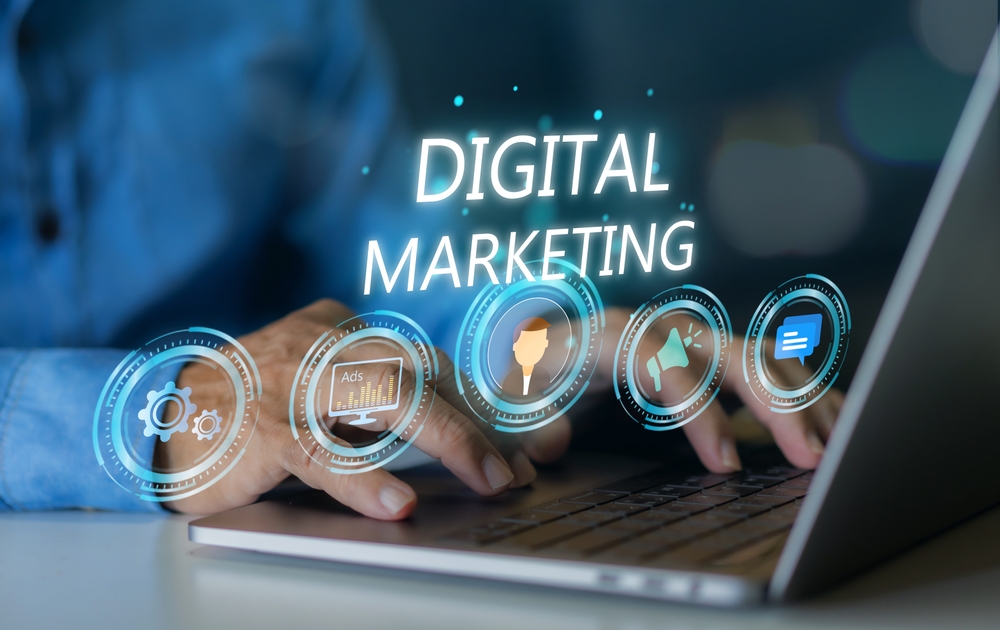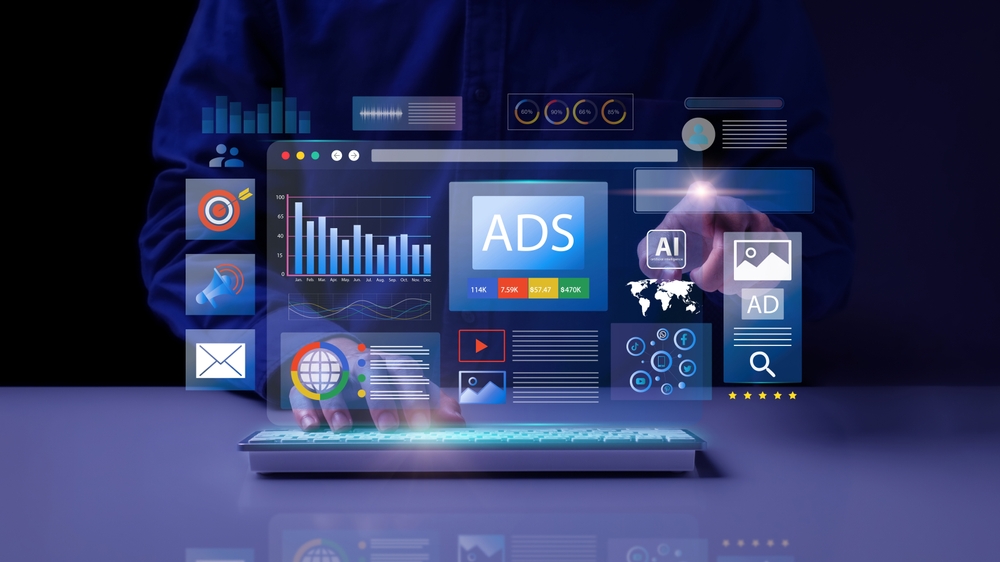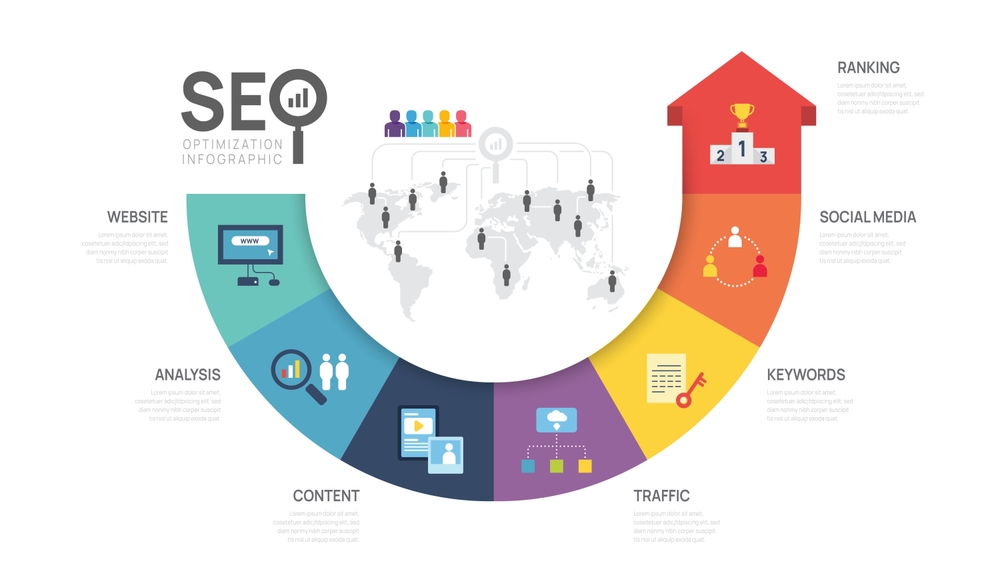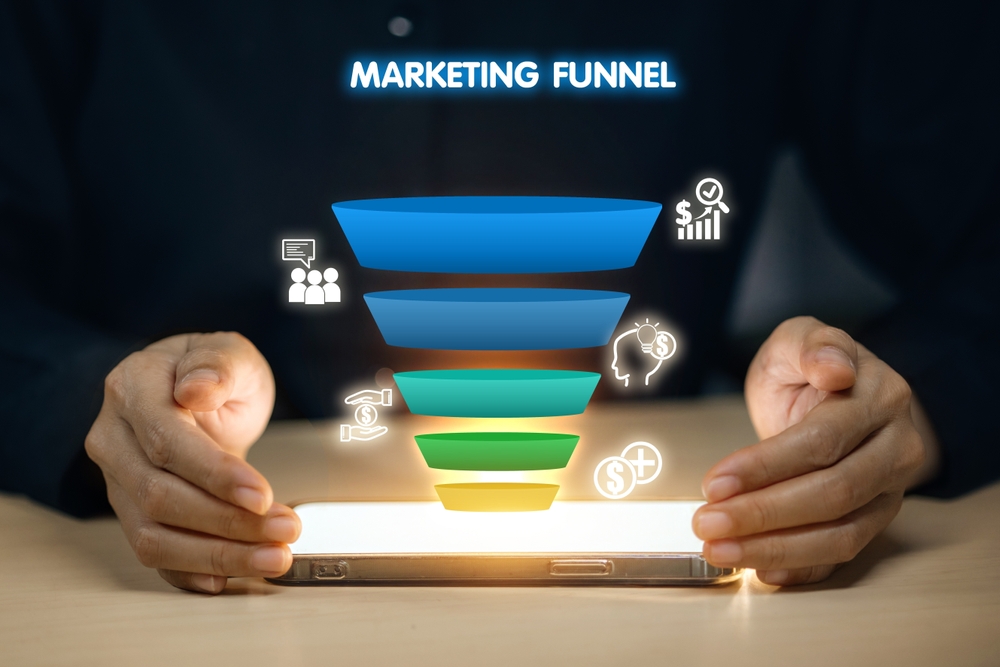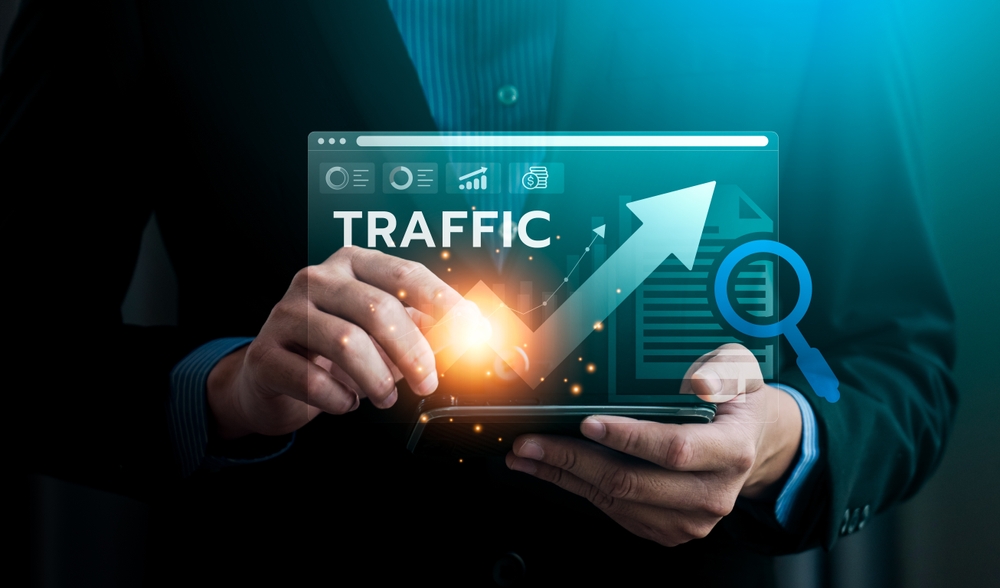Introduction
Every business wants to ensure their digital marketing campaigns are delivering results. But how do you know if your investment is actually paying off? That’s where measuring ROI (Return on Investment) comes in. A clear ROI analysis helps you understand what’s working, where to cut costs, and how to maximize conversions.
We’ll break down practical ways to measure ROI in digital marketing campaigns and the key tools and strategies you should use.
What is ROI in Digital Marketing?
ROI in digital marketing measures the revenue generated compared to the cost of your campaigns. Simply put, it answers the question:
👉 “For every rupee spent, how much am I getting back?”
ROI Formula:
For example, if you spend ₹50,000 on ads and generate ₹2,00,000 in revenue, your ROI is 300%.

Why Measuring ROI Matters
-
Identifies profitable channels – Know if SEO, Google Ads, or social media drives better returns.
-
Optimizes budgets – Avoid wasting money on low-performing campaigns.
-
Improves strategies – Use data-driven insights to refine future marketing efforts.
-
Proves value – Helps demonstrate the effectiveness of digital marketing to stakeholders.
Key Metrics to Track ROI in Digital Marketing
Measuring ROI is not just about revenue—it’s also about understanding user behavior and engagement.
1. Customer Acquisition Cost (CAC)
How much does it cost to acquire a new customer?
-
Formula: Total Marketing Spend ÷ Number of New Customers
2. Customer Lifetime Value (CLV)
How much total revenue a customer generates throughout their relationship with your brand.
-
Higher CLV means better long-term ROI.
3. Conversion Rate
Percentage of visitors who take a desired action (purchase, sign-up, download).
4. Click-Through Rate (CTR)
Shows how engaging your ads and campaigns are.
5. Cost Per Lead (CPL)
Essential for lead generation campaigns.
-
Formula: Total Spend ÷ Leads Generated
6. Return on Ad Spend (ROAS)
Specific to paid campaigns, especially Google Ads and Facebook Ads.
-
Formula: Revenue from Ads ÷ Cost of Ads
Tools to Measure Digital Marketing ROI
Leverage these tools to track and optimize ROI effectively:
-
Google Analytics – Tracks website traffic, conversions, and user behavior.
-
Google Ads Manager – Provides ROAS, CTR, and conversion data.
-
Facebook Ads Manager – For tracking paid social campaigns.
-
HubSpot / Zoho CRM – Measures ROI across inbound marketing and sales funnels.
-
SEMrush / Ahrefs – Helps track SEO performance and organic ROI.
Steps to Measure ROI Effectively
-
Set Clear Goals – Define whether you want leads, sales, or brand awareness.
-
Track the Right KPIs – Match metrics to your goals (e.g., CPL for lead gen, ROAS for ads).
-
Use UTM Parameters – Track campaign sources and performance in Google Analytics.
-
Measure Across Channels – Don’t rely on one platform; track SEO, social, email, and ads.
-
Compare Revenue vs Costs – Always map marketing spend directly against sales generated.
Common Mistakes to Avoid
-
Ignoring indirect ROI (brand awareness, engagement).
-
Not tracking long-term ROI (CLV vs one-time sales).
-
Focusing only on vanity metrics (likes, impressions) without conversion data.
Conclusion
Measuring ROI in digital marketing campaigns ensures that your money is being spent wisely. By tracking the right metrics, using effective tools, and aligning campaigns with business goals, you can optimize strategies, maximize profits, and scale your marketing success.
Start tracking ROI today, and make every marketing rupee work harder for your business!
Explore more related articles to deepen your understanding
Best Fonts for Branding: Create a Lasting Visual Identity
SEO Content Writing: A Complete Guide for BeginnersDoes Google use Cloudflare
Content Writing Basics: A Beginner’s Guide to Effective Writing
